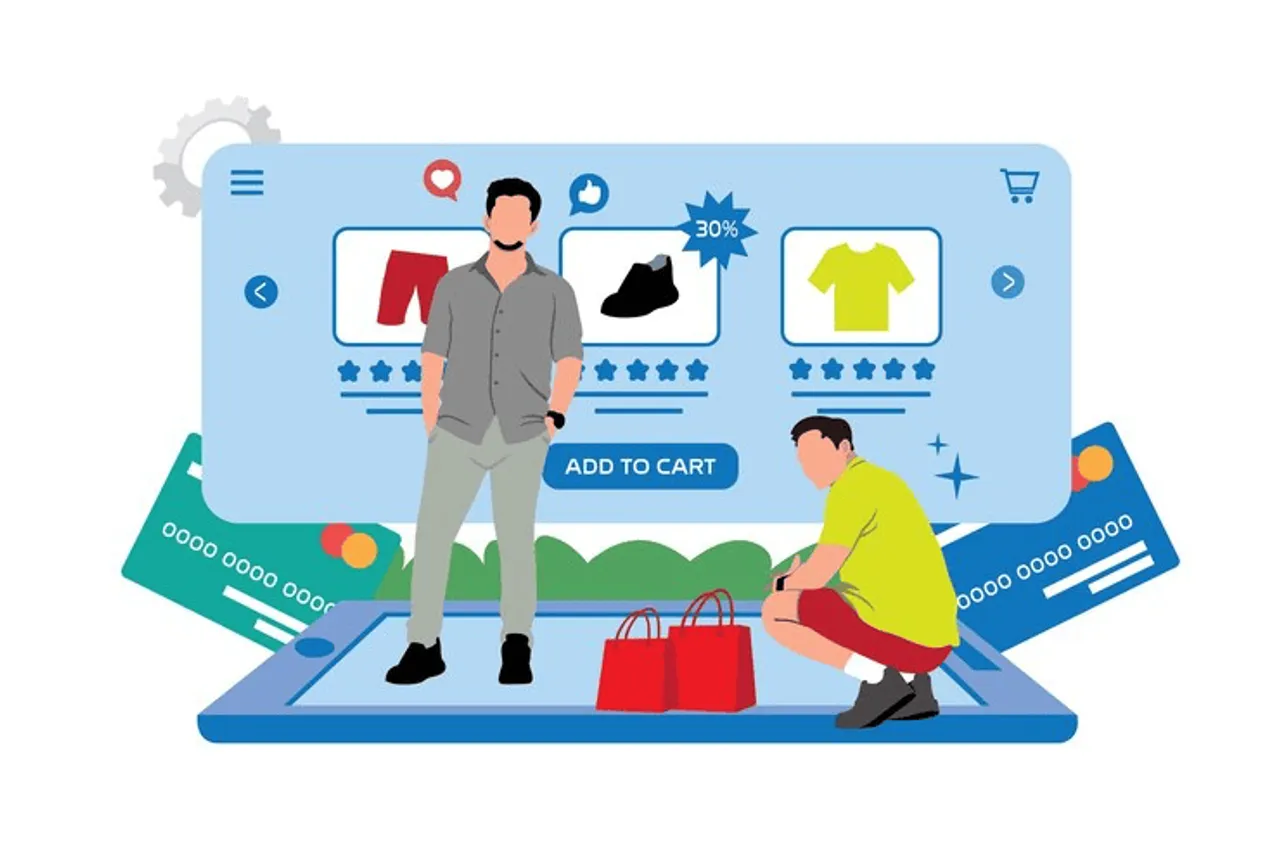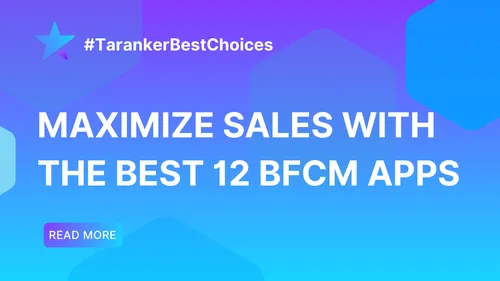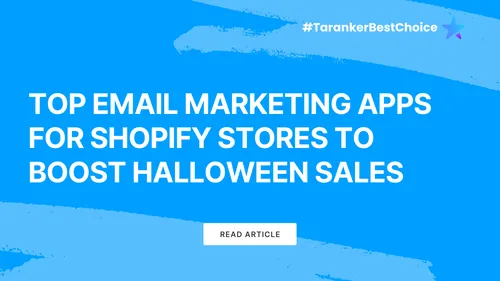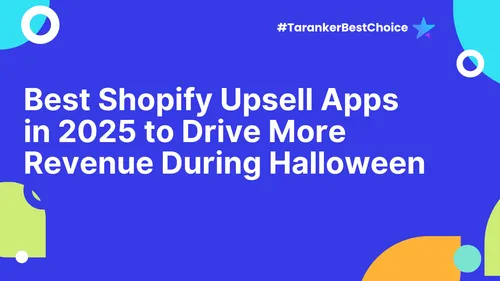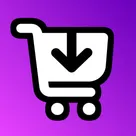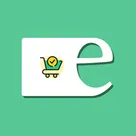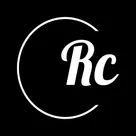When it comes to ecommerce conversions, the checkout process is one of the most critical touchpoints. Research from Baymard Institute shows that approximately 69.57% of shopping carts are abandoned before completing the purchase. One of the key factors influencing cart abandonment is the checkout process—specifically whether your store uses a one-page or multi-step checkout. In this article, we’ll compare the two options, exploring their advantages, disadvantages, and best use cases in 2025.
What Is One-Page Checkout?
One-page checkout is a streamlined process where all customer information, including shipping and payment details, is collected on a single page. The goal is to reduce the number of steps needed to complete the purchase, providing a faster and more efficient checkout experience.
Why It Matters for Ecommerce:
By condensing the checkout process into one page, ecommerce stores can offer quick and easy transactions, particularly suited for impulse purchases and mobile shoppers.
What Is Multi-Step Checkout?
Multi-step checkout divides the purchasing process into separate pages, typically focusing on one aspect at a time—shipping information, payment options, and order review. Each step is clearly marked, and customers proceed from one stage to the next.
Why It Matters for Ecommerce:
Multi-step checkouts are ideal for businesses selling complex products or offering customization options. Breaking the process into smaller steps can make customers feel more in control of their purchase decisions, especially for high-ticket items.

Which Checkout Model Drives Higher Conversions in 2025?
One-Page Checkout for Quick Conversions: The one-page checkout is a game-changer when it comes to optimizing conversion rates. With the rise of mobile shopping and users' increasing preference for speed, reducing friction in the purchasing process is critical. One-page checkouts are highly effective for impulse purchases where customers want a quick, seamless experience without distractions.
When customers don't have to move through multiple steps, they are less likely to abandon the cart. Ecommerce platforms like Shopify have seen higher conversion rates from one-page checkouts, especially for low-cost products or small-ticket items that customers are eager to purchase quickly.
For instance, consider a fashion retailer selling trending accessories. A streamlined checkout process means that a potential customer can go from browsing to buying in a matter of seconds, which is crucial for products bought on impulse. The simpler the process, the less chance of abandonment.
Multi-Step Checkout for More Complex Purchases: However, when you are selling higher-priced items or products with more customization options, a multi-step checkout can work in your favor. Multi-step checkouts break down the process into easily digestible steps, helping customers feel more comfortable when making significant purchase decisions.
For B2B ecommerce, luxury items, or complex product customizations, multi-step checkouts guide customers step-by-step, ensuring they don’t feel overwhelmed by too much information at once. For example, if a customer is buying a customized laptop, multi-step checkout can break down choices like memory, processor speed, and accessories into separate, manageable pages, ensuring that the customer is fully informed at every stage.
In conclusion, one-page checkouts are ideal for quick conversions, while multi-step checkouts work better for complex or high-ticket items where detailed product choices and clear instructions are necessary.
Key Factors to Consider When Choosing the Best Checkout Model for Your Ecommerce Store
Customer Demographics: Understanding your customer base is crucial when choosing between one-page and multi-step checkout models. Impulsive shoppers who are more likely to buy on the spot appreciate the speed and efficiency of a one-page checkout. On the other hand, higher-income customers or those purchasing luxury products may expect a more personalized, informative experience provided by multi-step checkouts.
-
Gen Z and Millennials tend to prefer quick and easy experiences and are more likely to abandon a complicated checkout. For this demographic, a one-page checkout that allows them to purchase instantly is a better option.
-
Boomers or customers who are making larger purchases (e.g., home appliances, electronics) may appreciate the structure of a multi-step checkout as it gives them time to review their choices.
Type of Product Being Sold: Consider the complexity of your product. For products that require in-depth specifications (such as customized products), multi-step checkouts are ideal because they guide the customer step by step. For simpler, low-cost items like fashion accessories, one-page checkouts may be more effective, as they reduce friction and speed up the process.
For example, Shopify stores selling subscription-based products or digital goods benefit from one-page checkouts, as there’s little need for extra steps. But for car dealerships or custom furniture stores, multi-step checkouts provide the necessary structure to ensure customers have a thorough experience.
Mobile Experience: Mobile optimization should be a primary consideration. One-page checkouts generally perform better on mobile because they eliminate the need for multiple screen transitions. For ecommerce stores that cater to mobile-first shoppers, a one-page checkout is more likely to result in higher conversions.
If your customer base is tech-savvy or mostly uses smartphones, prioritize simplicity and speed with a one-page checkout. If you are catering to customers making more complex purchases, you can implement a multi-step design that is responsive and easy to navigate.

How to Choose the Right Checkout Model for Your Ecommerce Store
When deciding between one-page and multi-step checkout, consider the following factors:
-
Product Type: If you’re selling simple products like clothing or accessories, one-page checkout is likely the most efficient. However, for customizable or high-ticket items, multi-step checkout can provide a more controlled, informed buying process.
-
Customer Demographics: Younger shoppers (e.g., Gen Z) are typically more accustomed to quick transactions and may prefer a one-page checkout. In contrast, customers purchasing high-value or luxury products may appreciate the structure and reassurance of a multi-step checkout.
-
Mobile Optimization: If your customers are predominantly shopping on mobile devices, one-page checkout may be the better option, as it eliminates the need to scroll between pages and improves the user experience.
-
Complexity of Purchase: For products that require customization or involve multiple choices (e.g., electronics, furniture), multi-step checkout is ideal because it breaks the purchase into manageable steps.
Conclusion:
In 2025, the key to reducing cart abandonment and increasing conversion rates lies in the checkout process. While both one-page checkout and multi-step checkout have their advantages, the best choice for your store depends on your products, audience, and customer expectations.
For most stores selling simple products, one-page checkout will likely result in a faster, more seamless experience that drives higher conversion rates. However, for businesses offering customizable or high-ticket items, multi-step checkout offers the structure and confidence-building process necessary to guide customers through more complex purchases.
The best approach is to continually test, optimize, and analyze your checkout process to ensure it’s offering the best possible experience for your customers. Remember, regardless of the model you choose, ensuring a streamlined, user-friendly experience is key to reducing cart abandonment and increasing sales in 2025.
